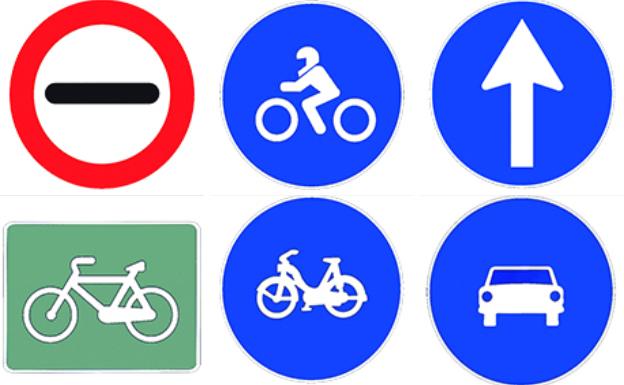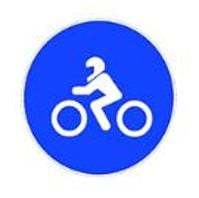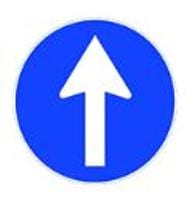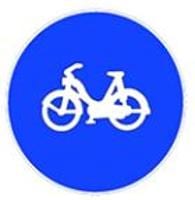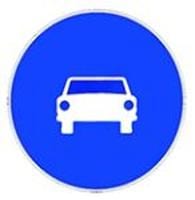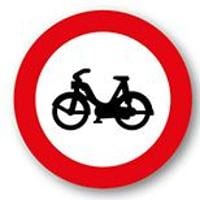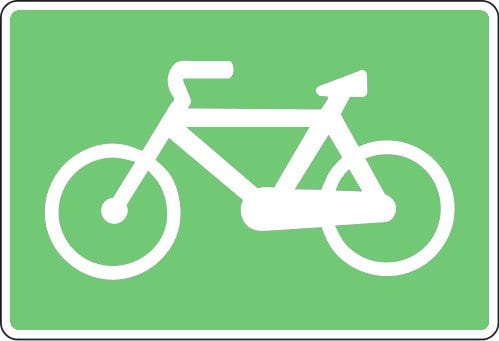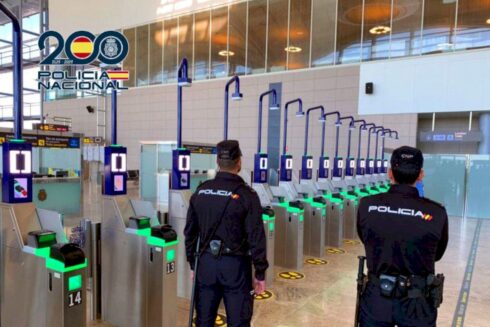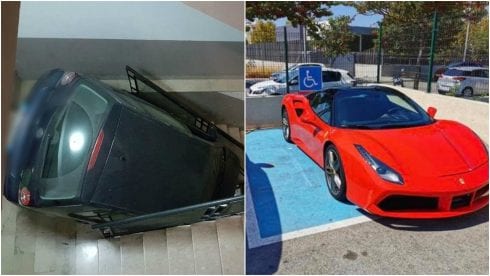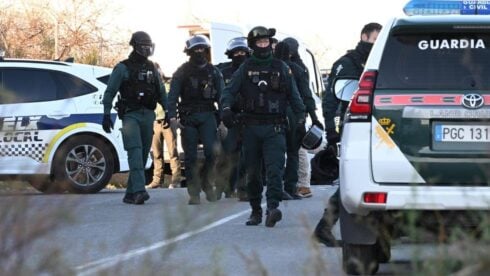DRIVING in Spain has a reputation of being perilous at times, to say the least.
Perhaps it’s the conceived notion that no one indicates.
Perhaps it’s those pesky roundabouts which seem to make no sense or the hapless British tourists who have no clue what they’re doing.
Or perhaps it’s because many drivers have trouble understanding what the many different road signs mean.
Spain’s transport body DGT has revealed that up to 64% of learner drivers consistently get the following 10 signs wrong in both the theoretical and practical exam.
In a hope to improve the stats, the body has tried to explain them in as simple a way as possible.
So how many do you know?
These signs point to an upcoming level crossing or mobile bridge.
Most applicants, according to the DGT, are wrong to believe that they signal an upcoming intersection.
This sign means you must stop before passing and is found at customs, toll booths or police checks.
There will usually be a barrier after it.
Applicants often confuse it for the ‘no entry’ sign or believe it denotes the beginning or end of a toll road.
This sign tells motorcyclists which lane or road they can use.
Respondents often get confused and believe it applies to cyclists and mopeds too.
If you see this sign, it means you must drive in the direction it is pointing.
It is illegal to turn around or try to change direction.
Some 50% of driving licence applicants fail to get this one correct.
The sign tells drivers that a road is for moped users only.
Candidates frequently mistake the sign to include all other two-wheeled vehicles, including motorcycles and bikes.
This indicates that a road is for cars only.
It does not apply to motorcycles, which is what the majority of candidates get wrong.
This sign means the maximum recommended speed – in place for safety reasons – no longer applies.
Some 45% of test takers wrongly believe it denotes the speed limit.
The speed and pressure of the test is partly blamed for the error.
If you’re in a motor vehicle and see this sign, DO NOT enter the road.
However if you are on a bike or moped, then it does not apply to you, as they are not classed as ‘motor vehicles’ by the DGT.
Many applicants mistakenly write that the sign applies to any type of vehicle.
This sign prohibits entrance to mopeds, quadbikes and vehicles for people with reduced mobility.
It does not affect motorbikes or bikes.
I know what you’re thinking… a cycle lane… well, not quite.
The sign denotes a path for both pedestrians and bicycles which is separated from the roads and runs through open spaces, parks, gardens or forests.
Some 50% of test takers wrongly believe it means bicycles only, but that sign is actually a blue circle with a similar looking bike in the centre of it.
Click here to read more Spain News from The Olive Press.

